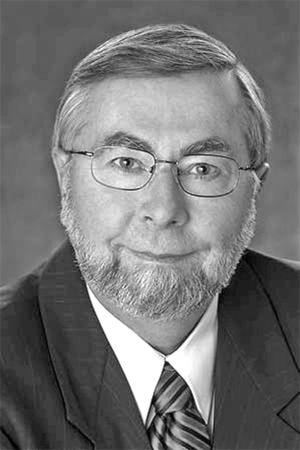It may seem counter-intuitive to many investors, but generally, not tampering with portfolios may be one’s best strategy.
Numerous studies have compared the performance of investors’ portfolios to the actual performance of the investments they hold. Whether invested in high-cost mutual funds, low-cost ETFs, or even individual stocks, the surveys show that the average investor tends to significantly underperform the products held.
How can this be? A logical question. The answer boils down to the human tendency, in reaction to market performance and trends, and regardless of the investments held, to periodically make changes.
“Dalbar” is an investment performance evaluation organization. One of their studies examined the performance of the S&P 500 Index against the performance of investors who held the same Index through mutual funds. The average underperformance was significantly greater than the fees charged by the mutual funds. This same drag on performance has been found to exist on investments in individual stocks or ETFs.
The explanation is simple. The findings demonstrate the self-belief of investors who think they can predict the optimal time to leave or enter a particular financial investment – effectively, to try to time the market. Generally, this is a mug’s game; it rarely succeeds, even for professional investors.
While we cannot predict market direction month-to-month, or even year-to-year, ample evidence proves that the only way to smooth out periodic market gyrations is to not try to predict them, but rather, to outlast them. Consider this: Of the eleven “Bear Markets” since 1956, the average period of negative performance of the S&P/TSX Index was 9 months; for the S&P 500 Index, 14 months. Furthermore, over the past 68 years of the TSX Index performance, the worst 5-year annualized loss amounted to a modest 1.9%.
These facts clearly point to the one sound strategy for investors. Ignore shorter-term market fluctuations; focus instead on managing risks within one’s control. The investor should ensure that his/her investments have the lowest-possible holding costs, sensible asset class, sector, and geographic diversification, and an ongoing income stream. This focus, unlike impossible attempts to predict market direction, are totally within an investor’s control and, carefully implemented, should lead to solid longer-term performance.
Focus instead on the fact that during the occasional “Bear Market”, you continue to be paid 3% or more in portfolio income, while awaiting the equally-inevitable market recovery.
Clearly, it has been proven that jumping in and out of markets is very likely to backfire - rather than enhance returns, they are more likely to be eroded.
A retired corporate executive, enjoying post-retirement as an independent Financial Consultant (www.dolezalconsultants.ca), Peter Dolezal is the author of three books, including his recent Third Edition of The Smart Canadian Wealth-Builder.
